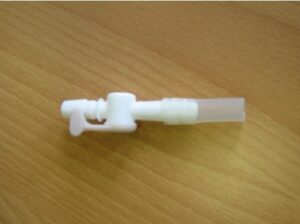About catheter valves
What is a catheter valve?
It is a tap device connected directly to the end of your catheter

Why use a catheter valve?
A catheter valve may:
- be more comfortable and discreet than a leg bag
- help to maintain the normal bladder function of storing urine
- flush out substances that may block your catheter
When might a catheter valve be not suitable?
If you have:
- no sensation to empty your bladder
- no ability to use the catheter valve independently
- a small bladder capacity
- problems with your memory
- problems with your kidneys
- an over-active bladder
When should I open my catheter valve?
- When you feel sensation to pass urine (usually every 3 to 4 hours)
- Before you go to bed at night (and in the night if necessary)
- When you get up in the morning
- Before you open your bowels (this may help prevent your catheter from leaking when you open your bowels)
- When your bladder has no more than 350 to 450mls of urine in it
- during the day and 700ml overnight.
When might a catheter valve cause me harm?
- If you store too much urine in your bladder. Too much urine in your bladder may cause the urine to go back into your kidneys and cause kidney damage.
- Incomplete emptying of the bladder can lead to infection. Close the valve only when the urine stops dripping out
What is a night drainage bag?
- It is a large 2L drainage bag you may prefer to use overnight which is connected to your opened catheter valve. Please speak to your nurse if you would like to use a night bag.
How do I change my catheter valve?
- Your nurse will first show you how to change your catheter valve
- Your catheter valve should be changed every 5 to 7 days
- Always wash your hands thoroughly before and after changing your valve
- Do not touch the end of the valve which goes into your catheter
- Dispose of your catheter valve by putting it into two waste bags and then into your general household waste bin
- Please speak to your nurse if you have an ongoing infection which may need a special bin.
How should I wear my catheter valve?
- Your valve may be tucked into your underwear or supported with a catheter securing device.
- Please see your nurse if you would like to use a securing device
How should I keep clean when using a catheter valve?
- You may still have a bath or shower when using a catheter valve. Do not remove it for bathing showering.
- Wash where your catheter enters your body every day and if the area gets dirty.
- Always wash your hands thoroughly before and after dealing with your catheter and valve.
- Carers should wash their hands and use a new pair of disposable gloves each time they deal with your catheter and valve.
How should I store my catheter valves?
- Store in a clean, cool, dry place out of direct sunlight
- Do not use the catheter valve if the packaging has been damaged, or if it has gone past the expiry date.
What other catheter advice leaflets are available?
- Caring for your indwelling urinary catheter
- Sex and catheters
- Disposal of continence products
- Intermittent self catheterisation


